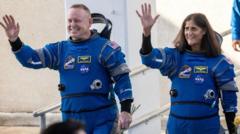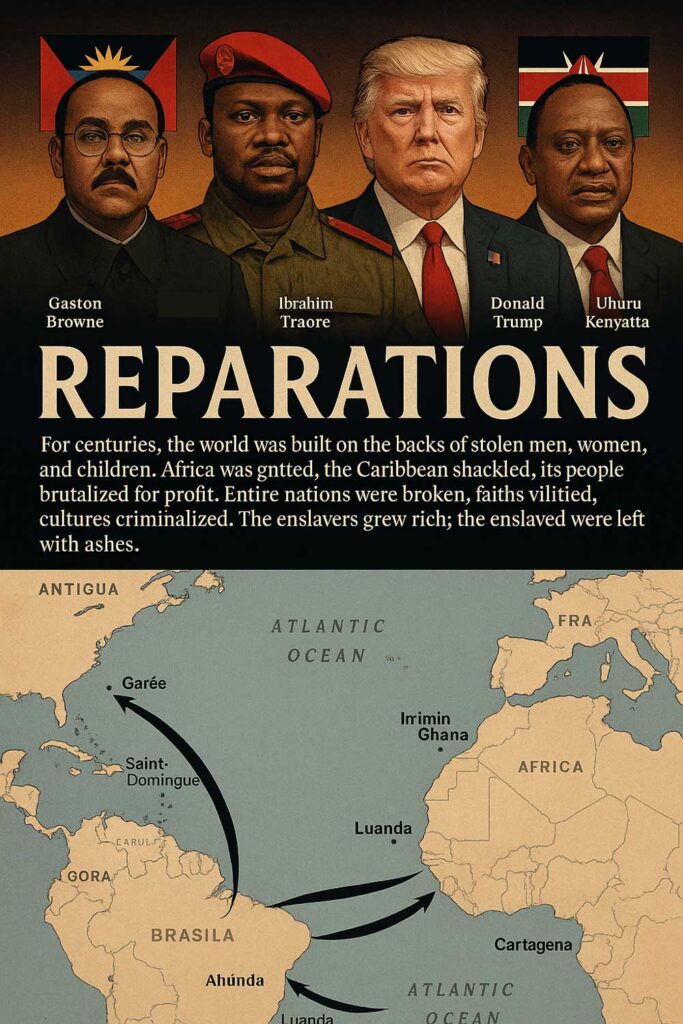When astronauts Suni Williams and Butch Wilmore approached the International Space Station (ISS) during a test flight, failing thrusters left them unable to dock and questioning whether they would make it back to Earth. "Docking was imperative," Mr. Wilmore told BBC News, reflecting on the fear that overcame them two months after their safe return. What was meant to be an eight-day mission extended into nine months as they navigated technical challenges and overcame fears of abandonment while in orbit.
Initially preparing for a brief excursion, the duo found themselves stranded in space when mission control deemed the Starliner spacecraft unsafe for their journey home. Thankfully, they secured a return trip through SpaceX, emphasizing the importance of teamwork behind the scenes. "If we weren't able to dock, would we make it back? We didn't know," admitted Wilmore.
While their extended orbit was filled with troubling uncertainty, both astronauts were resolute and focused on problem-solving rather than succumbing to panic. "We read each other's minds," said Ms. Williams, explaining how they communicated without voicing the possible worst-case scenarios. Throughout the ordeal, they maintained hope and proudly communicated that they felt supported by their ground teams.
Despite their unique predicament, their space station remained equipped with spacecraft for emergencies, ensuring they were never entirely without options. Yet, their prolonged stay wasn't without its challenges; their presence even sparked a political debate. President Trump used their situation to criticize President Biden, a matter that the astronauts chose to remain aloof about. “We don’t feel abandoned," Wilmore stated, reinforcing the difficulties and complexities of human space travel.
Upon returning to Earth on March 18, both astronauts expressed appreciation for maintaining their fitness during their near-year in space, with rigorous daily workouts allowing them to swap gravity for strength. Their transition back to terrestrial life, however, brought its own adjustments. "Getting gravity back on your head... is a little bit painful," Williams noted.
Since returning, Williams and Wilmore have collaborated with NASA and Boeing to rectify the technical discrepancies that delayed their initial return. With optimism for the future, Wilmore stated, "We are very positively hopeful for opportunities to fly the Boeing Starliner again,” echoing Williams' sentiments about the spacecraft's potential. Both astronauts are willing to soar once more, eager to embark on new missions as enhancements are made to this vital spacecraft.





















